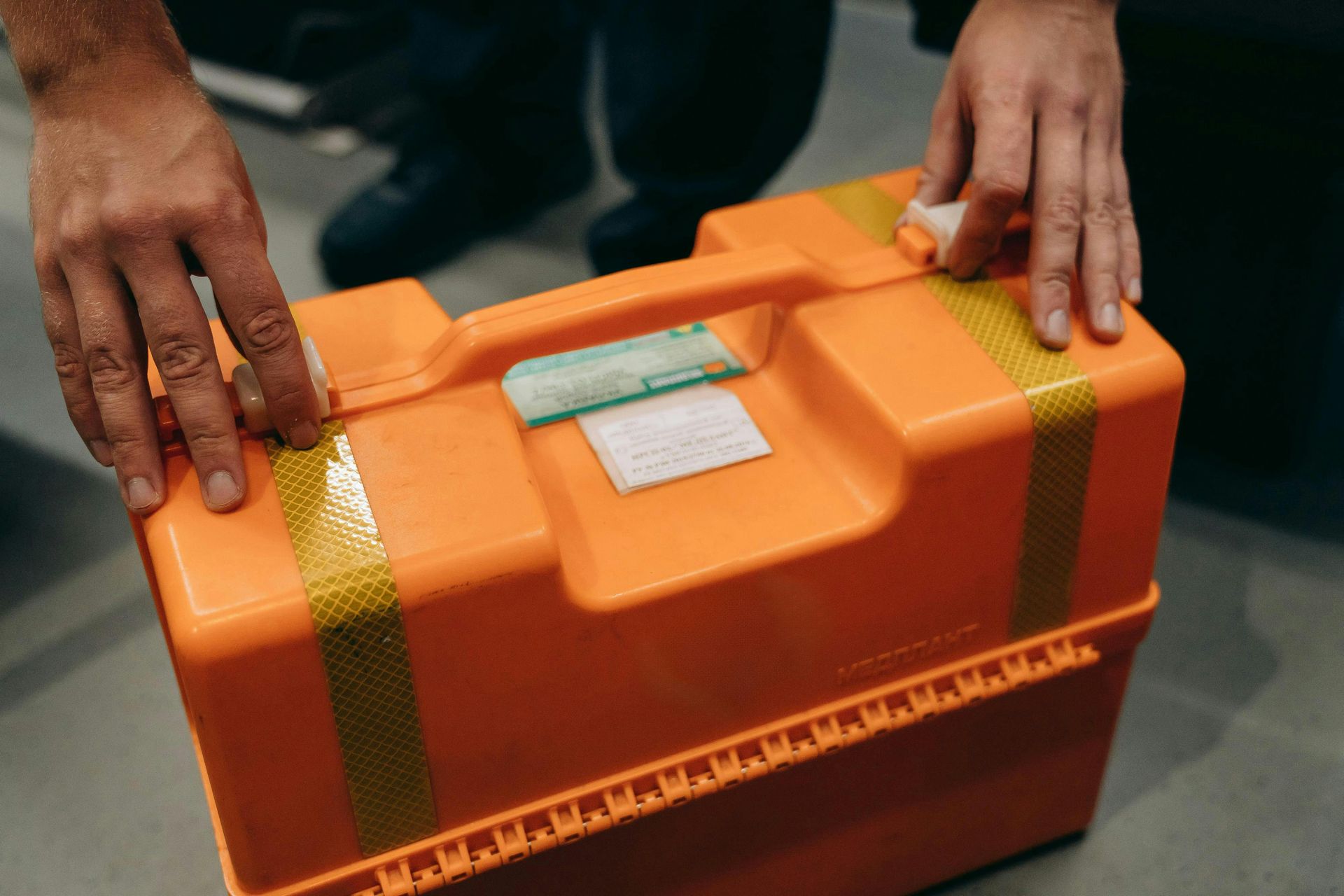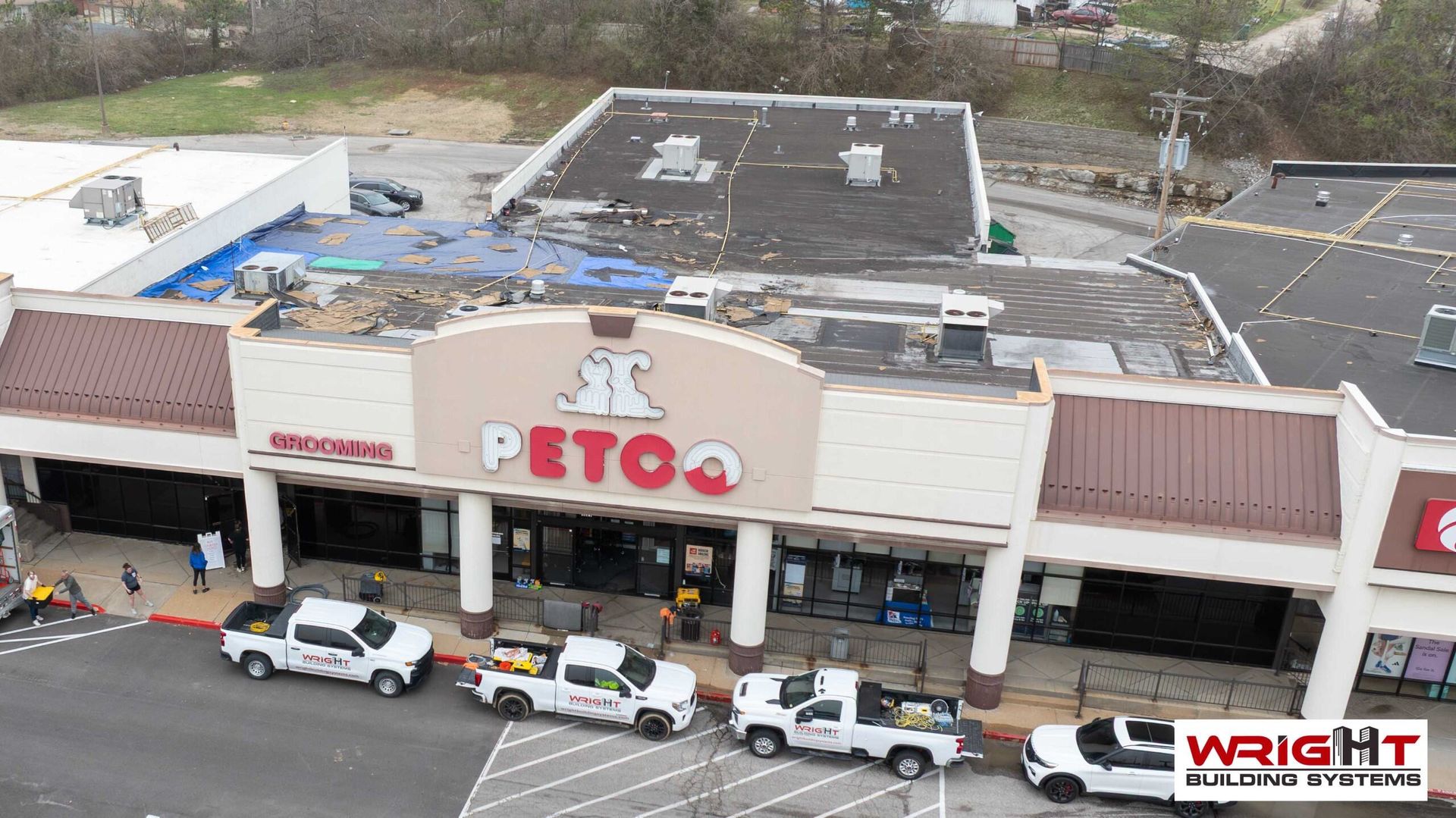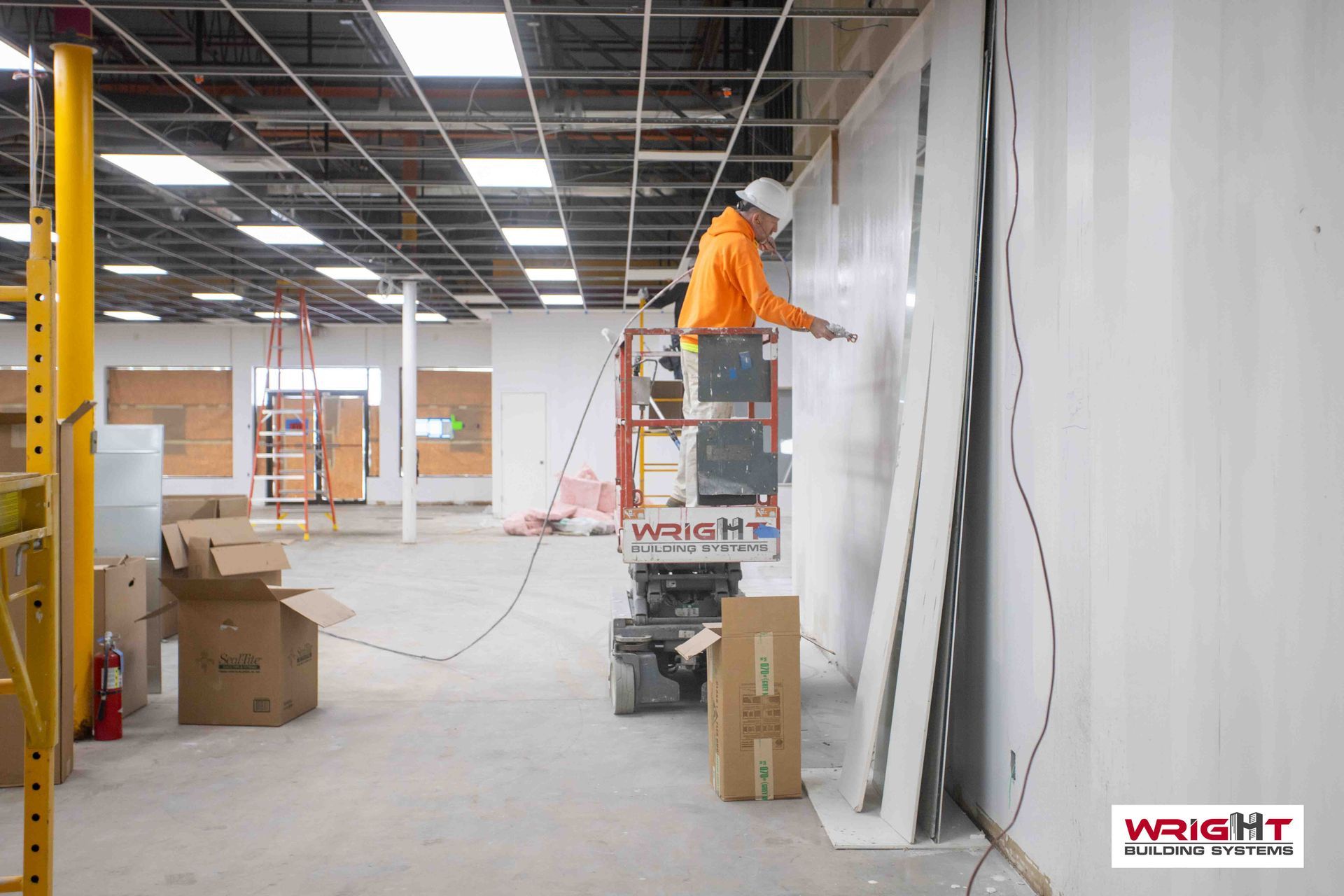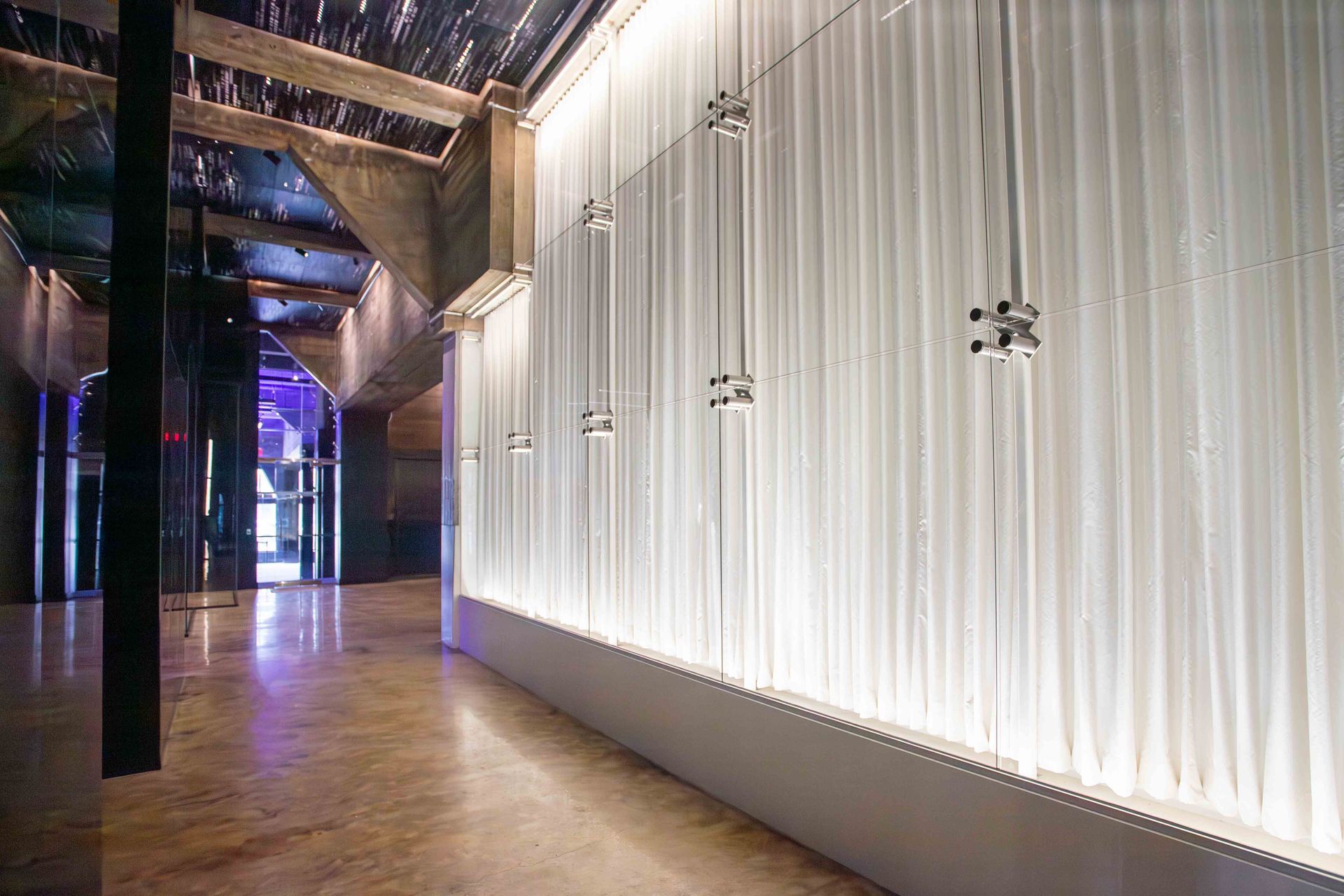Best Practices For Staying Safe During Winter Construction
Winter presents a unique set of challenges for commercial construction projects.
The cold, snow, ice, and shorter daylight hours can make work conditions dangerous. However, with the proper precautions and planning, workers can stay safe, and projects can stay on track.
Here's a comprehensive guide to help commercial construction companies and workers navigate winter safely.
Preparing the Site and Equipment
Proper site preparation is essential before construction begins, ensuring that all equipment is winter-ready and the site is accessible and safe.
Clear Ice and Snow
Ensure pathways and work areas are clear of ice and snow. Use salt or sand on walkways to minimize slipping hazards. For larger areas, snowplows can help maintain site access.
Inspect Equipment
Cold temperatures can affect machinery and tools, causing them to perform poorly or fail. Before use, ensure the winterization of all equipment; this may include using the correct lubricants that don't freeze in low temperatures, maintaining battery levels, and checking that heaters or engines are functioning correctly.
Set Up Heated Areas
Construction workers spend significant time outside, so having heated shelters or designated warming areas can make a huge difference. These areas should have enough seating, space, and equipment to provide adequate warmth during breaks.
Dress for the Cold
Workers need the proper equipment to handle the frigid temperatures and harsh weather conditions that often come with winter construction.
Layered Clothing
Wearing multiple layers is key. Begin with moisture-wicking base layers to keep sweat off the skin, followed by insulation layers to trap body heat, and finish with a waterproof, windproof outer layer. Be sure to cover as much skin as possible to avoid frostbite, especially on exposed parts of the body like fingers, toes, ears, and the face.
Waterproof Footwear
Keeping feet warm and dry is critical. Workers should wear insulated, waterproof boots with good tread to prevent slipping. Thermal socks are also a good idea to protect feet from cold-induced injuries.
Head and Hand Protection
Hats and gloves should always be worn. Look for thermal options designed for winter work that still allows for dexterity. Additionally, hard hats should be insulated to prevent freezing and help retain warmth.
Eye Protection
Winter construction workers should also wear protective eyewear, especially when snow and ice glare occur; this can prevent snow blindness and protect against flying debris from icy surfaces.
Stay Hydrated and Energized
During the winter, workers often overlook the importance of hydration because the cold weather doesn't trigger thirst as much as hot weather.
However, staying hydrated is just as important in the winter to avoid fatigue and ensure mental clarity.
Hydration
Encourage workers to drink plenty of water throughout the day, even when cold outside. Hot drinks like coffee or tea are also acceptable, but avoid excessive amounts of caffeine, as they can cause dehydration.
Nutrition
Healthy, high-energy foods will help keep workers energized and focused. Foods rich in protein and carbohydrates, like nuts, whole grains, and lean meats, are perfect for cold days.

Be Mindful of Cold Stress and Hypothermia
Cold stress occurs when the body cannot maintain its normal temperature in cold weather, leading to conditions like hypothermia and frostbite.
Recognizing Hypothermia
Hypothermia occurs when the body temperature drops below 95°F (35°C). Symptoms include shivering, confusion, slurred speech, loss of coordination, and drowsiness.
If hypothermia is suspected, move the person to a warm location and call for medical assistance immediately.
Frostbite Prevention
Frostbite can occur when skin and tissues freeze due to prolonged exposure to freezing temperatures. This most often affects the nose, fingers, ears, and toes.
Workers should frequently check their extremities for signs of frostbite, such as pale or waxy skin. If any signs appear, seek medical attention immediately.
Safe Work Practices in Winter Conditions
The construction industry often involves working at heights, handling materials, and operating heavy machinery, which can be more dangerous during winter.
Slippery Surfaces
Icy surfaces make every task more dangerous. Before use, inspect all scaffolding, ladders, and elevated platforms for ice and snow accumulation. Workers should wear non-slip footwear and use ice-melting agents or sand to reduce slipping risks.
Worksite Visibility
With shorter daylight hours and often cloudy skies, visibility can become a significant issue. Use proper lighting on the job site, especially if work continues past daylight hours. Workers should wear high-visibility jackets and gear to stand out in low-light conditions.
Take Regular Breaks
Cold weather can increase fatigue. To prevent accidents caused by tiredness, encourage workers to take regular, scheduled breaks in heated areas. During these breaks, workers can warm up, hydrate, and eat.
Plan for Emergencies
Extreme weather increases the risk of emergencies in winter. Every commercial construction company should have a clear plan in place.
First Aid Kits
Ensure your team has access to well-stocked kits, including supplies to treat cold-related injuries such as frostbite and hypothermia.
Emergency Response Plan
Have a detailed emergency response plan that includes immediate steps for workers if they suspect someone is suffering from hypothermia or frostbite. Training workers on these protocols can be a lifesaver.
Weather Monitoring
Always stay up-to-date on weather predictions. If severe storms or sub-zero temperatures are forecast, plan ahead by adjusting work schedules or postponing non-essential tasks.

Connect with Wright Building Systems For Your Next Project!
Staying safe on a commercial construction site during winter requires more effort and foresight, but it is doable. With the proper safety protocols, workers can perform their jobs efficiently while minimizing the risk of injury or illness.
At Wright Building Systems, we know how to navigate the midwest winter during commercial builds; it's one of the many reasons greater St. Louis business owners repeatedly trust us with their projects.
We are committed to safety and delivering finished products that exceed expectations.
Our dedicated team has the equipment, technical skills, and perseverance to complete your project.
Let's get in touch today!
Request a Consultation
Navigation
All Rights Reserved | Wright Building Systems



